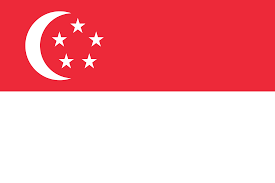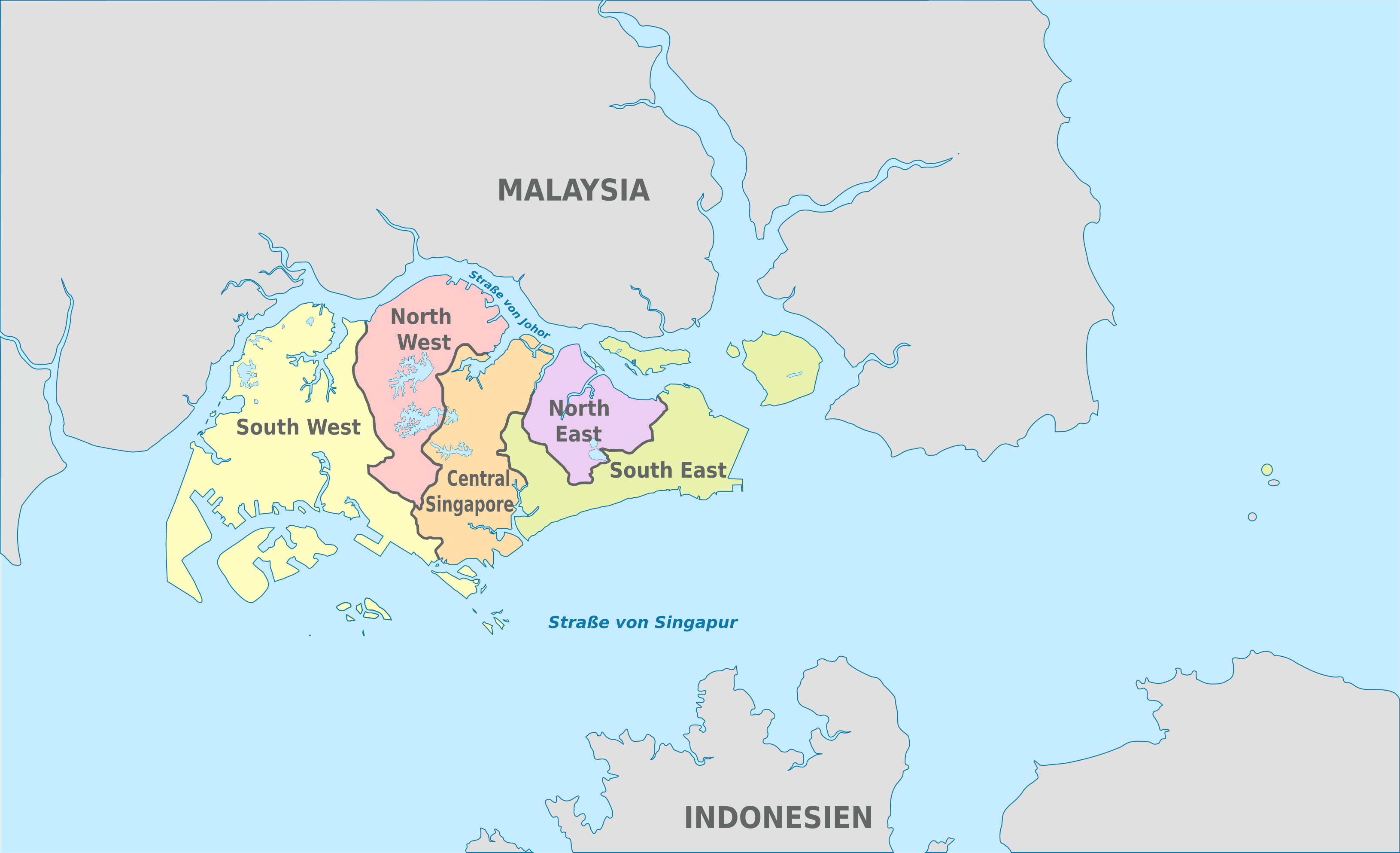
Singapore
National implementation of the ASEAN Agreement on Disaster Management and Emergency Response (AADMER)
Overview of the DRM System
Singapore has a Type C DRM System – A specific law on disasters, focused on emergency preparedness and response to natural hazards, some technological hazards; and may have elements of early warning and recovery. These laws tend to be found in countries (i) with low hazard exposure, or (ii) with higher exposure but effective risk governance through sectoral laws, or (iii) with higher exposure but limited law-making and institutional capacity due to poverty and/or conflict.
Legal framework
Disaster risk management in Singapore is underpinned by a series of laws. The Civil Defence Act (updated in 2011) provides the legal framework for the declaration of a state of emergency and the mobilization and deployment of the large permanent Singapore Civil Defence Force (SDCF). Three other key laws are the Fire Safety Act, the Civil Defence Shelter Act and the Infectious Disease Act.
Key national institutions
Disaster risk management is under a Whole-of-Government Integrated Risk Management (WOG-IRM) policy framework.
The SDCF is the main ready response capacity at all levels.
Sub-national structures
Under the Civil Defence Act 2001, the SCDF has responsibility at all levels, and is a well-resourced response-ready force.
Town Councils also have the responsibility under the Town Council Act to work cooperatively with other government agencies and authorities in securing public safety and ensuring public order, and preventing disease or injury.
Funding and budget
There is no specific mention of budget allocation in the DRM legal framework.
Integration of the AADMER and AHA Centre
The AHA Centre National Focal Point is the SCDF.
Provision on international and regional assistance
The Minister may deploy the Singapore Civil Defence Force in support of other countries if assistance is requested by them.
Civil Defence Act, PART XIIIA, (SCDF) SERVICE OUTSIDE SINGAPORE
Under s. 105A, the Minister may send members of SCDF outside Singapore–
(a) on a request in that behalf being made by, or with the consent of, a government of a territory outside Singapore;
(b) on a request in that behalf being made by a United Nations agency; or
(c) in connection with any agreement or arrangement with a government of a territory outside Singapore, order such number of members of the Force as to him seems expedient to proceed outside Singapore to carry out duties to respond to and deal with a civil defence emergency taking place in such territory.

Laws, policies, plans and other resources
Laws, policies and plans
1985 Emergency (Essential Powers) Act
1998 Civil Defence Shelter Act
2000 Fire Safety Act
2001 Civil Defence Act (as amended 2011)
2002 Environmental and Public Health Act
2003 Infectious Diseases Act
National reports
2009 National Report on Implementation of the Hyogo Framework for Action
1985 Medicines Act
1985 Personal Injury (Emergency Provisions) Act
1985 Requisition of Resources Act
1985 Singapore Red Cross Society Act
1992 Professional Engineers Act
1995 Goods and Services Tax (Imports Relief) Order
1996 Regulation of Imports and Exports Act
1997 Maritime and Port Authority Act
2000 Telecommunications Act
2000 Town Councils Act
2001 Road Traffic (International Circulation) Rules
2002 United Nations Act
2003 National Environmental Agency Act
2004 Customs Act
2004 Rapid Transit Systems Act
2004 Road Traffic Act
2008 Immigration Act
2008 National Registration of Diseases Act
2008 Radiation Protection Act
2008 Second Hand Goods Dealers Act
2009 Customs (Duties) Order
2009 Women’s Charter
2010 Internationally Protected Persons Act
2011 Fire Safety Requirements for Persons with Disabilities
2012 Nurses and Midwives Act
2012 United Nations Personnel Act
2013 International Organisations (Privileges and Immunities) Act
2014 Air Navigation Act
2014 Civil Aviation Authority of Singapore Act
2014 Medical Registration Act
2014 Transboundary Haze Pollution Act
2014 Visiting Forces Act
![]()

